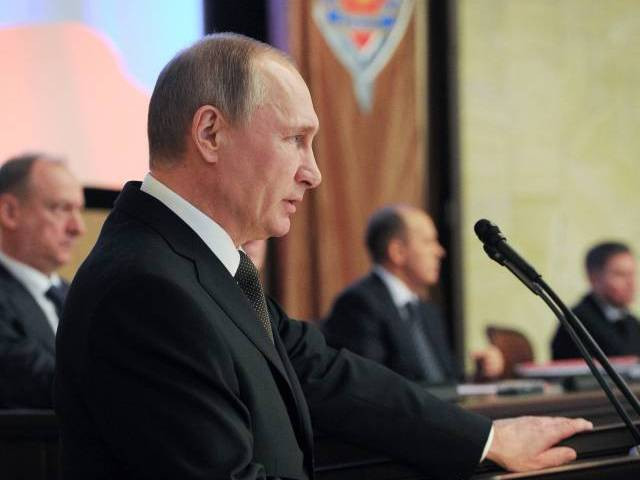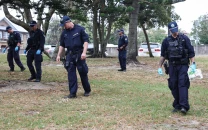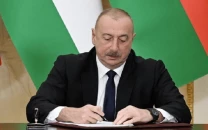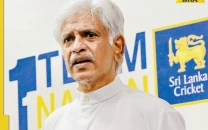Russia puts Crimea on new bank note
Images on bank note chosen after a national competition last year to pick symbols of Russia

The notes will first go into circulation in Moscow, the far east and Crimea. PHOTO: AFP
The note worth 200 rubles ($3.50) shows a naval memorial in the city of Sevastopol, where Russia's Black Sea fleet is based, and UNESCO-protected Greek and Roman ruins at nearby Chersonesus. The design also includes a map of the peninsula.
The images on the bank note were chosen after a national competition last year to pick symbols of Russia.
"The Russian people chose these symbols," the head of Russia's central bank, Elvira Nabiullina, told journalists in Moscow.
"This reflects the desire of the people of Russia to see these symbols on notes."
She insisted that the new images "will not harm the position of the ruble in any way."
By putting images of Crimea in the nation's wallets, Russia is capitalising on the wave of patriotism prompted by the peninsula's annexation in March 2014.
It also comes as a defiant response to Kiev and to the sanctions imposed by European Union and the United States that have hit the ruble hard.
Putin takes victory lap to annexed Crimea
The green-tinged note has now become legal tender, along with a new 2,000-ruble bill that shows Russia's new cosmodrome in Vostochny in the far east.
They are Russia's first new bank notes since 2006 and the new denominations of 200 and 2,000 rubles aim to speed up cash transactions.
The notes will first go into circulation in Moscow, the far east and Crimea, Nabiullina said.
Russia earlier in 2015 issued a commemorative limited-edition 100-ruble note to mark what Moscow calls "the return" of Crimea.
Russia's bank notes feature scenic landscapes or engineering triumphs, not people, in a move away from Soviet notes featuring Lenin.
Even so, there has been controversy over some images. In 2014, a Russian nationalist lawmaker called for the replacement of the 100-ruble note after he spotted a tiny nude Greek god in the design, showing the facade of Moscow's Bolshoi theatre.
He claimed the image was pornographic and a bad influence on children. Despite the debate, the note is still in circulation, however.



















COMMENTS
Comments are moderated and generally will be posted if they are on-topic and not abusive.
For more information, please see our Comments FAQ